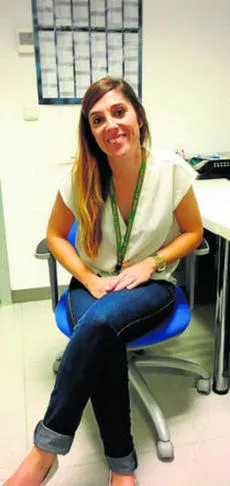Many years ago diabetes is one of Sara García's axes.And not because it suffers it, but because it tries to unravel mechanisms that help its early detection and improve its treatment.
The effort of the researcher -Doctora in Biology from the University of Malaga- begins to have a reward: has obtained the national aid of the Spanish Diabetes Society (SED), endowed with 20,000 euros.
Garcia has the hypothesis that about 2,000 micro -described to date in the human body - which are small molecules of ribonucleic acid - there is a dozen involved in the regulation of diabetes genes that can precede the disease early.
Thirst has granted the help for your project that aims to test or rule out your hypothesis.If that dozen micrrorna is confirmed as a diabetes predictor, a blood extraction and specific analytics would suffice to diagnose early the predisposition to suffer diabetes.
In addition, molecular mechanisms involved in the disease would have been discovered and, therefore, potential targets to improve treatments."Its detection [of the micrrorna] in bodily fluids offers us the opportunity for the development of minimally invasive techniques for early diagnosis, as well as the detection of new and promising therapeutic targets," argues the Malaga researcher
The aid will be used to try to prove your hypothesis.That is, to demonstrate that this dozen microly would be involved in the regulation of glucose metabolism.
To do this, the study di@bet.es will be worth, a job started eight years ago, which collects clinical data of almost 5,100 patients and in which the Endocrinology Research Group of the University Regional Hospital of Malaga -of which Garcia is partFor 10 years- it was a fundamental pillar.


